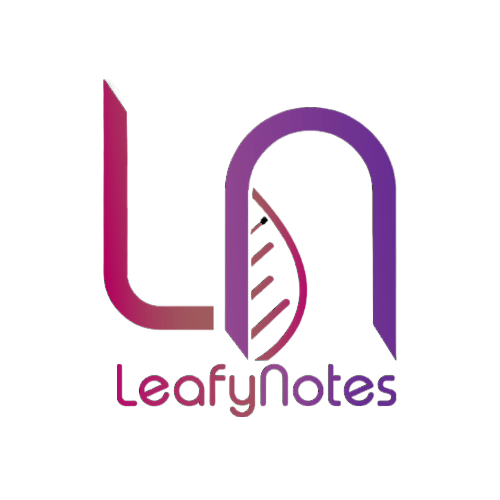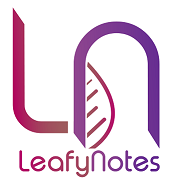The Ultimate Guide to Clinical Notes: Differences Between SOAP, DAP, GIRP, and BIRP
When it comes to clinical documentation, therapists have their unique language – SOAP, DAP, GIRP, BIRP… it’s like an alphabet soup! But understanding these acronyms is crucial in providing effective mental health care. Let’s dive in and explore the differences between these common methods of note-taking.


SOAP Notes: The Classic Approach
SOAP notes are a tried-and-true method in the therapist’s toolkit. “S” stands for Subjective, where the therapist captures the patient’s thoughts and feelings, like a patient sharing anxiety about work. “O” is for Objective, which includes the therapist’s observations, such as the patient’s body language. “A” represents Assessment, where the therapist combines subjective and objective information to analyze the patient’s condition. Lastly, “P” is for Plan, outlining the next steps in the patient’s treatment, like recommending stress management techniques.
Anecdote: Remember the time when a patient couldn’t identify the source of their anxiety until we delved into their work-life balance during a SOAP note session? It’s moments like these that highlight the power of thorough clinical documentation.
With LeafyNotes A.I., creating comprehensive and accurate SOAP notes like this one has never been easier. Click here to start your free 7-day trial.
DAP Notes: Keeping it Simple
DAP notes streamline the process. “D” is for Data, a combination of the patient’s reported symptoms and the therapist’s observations. “A” is for Assessment, similar to SOAP. And “P” is for Plan, detailing the future steps in the patient’s care.
Example: Consider a patient who reports feeling overwhelmed. The therapist observes their jittery demeanor (Data), assesses them as experiencing high stress (Assessment), and then outlines a plan for stress-reducing strategies (Plan).

With LeafyNotes A.I., creating comprehensive and accurate DAP notes like this one has never been easier. Click here to start your free 7-day trial
GIRP Notes: A Goal-Oriented Approach
GIRP puts the focus on goals. “G” stands for Goal, outlining the patient’s objectives. “I” is for Intervention, detailing the therapist’s actions to help the patient achieve those goals. “R” is for Response, capturing the patient’s reaction to the interventions. Lastly, “P” is for Plan, outlining the next steps in treatment.
Interactive Element: Think back to a patient whose goal was to reduce panic attacks. What interventions did you use, and how did the patient respond? Share your experiences in the comments below!

With LeafyNotes A.I., creating comprehensive and accurate GIRP notes like this one has never been easier. Click here to start your free 7-day trial
BIRP Notes: A Behavioral Focus
BIRP notes put a spotlight on behavior. “B” stands for Behavior, documenting the patient’s symptoms or actions. “I” is for Intervention, detailing the therapist’s strategies. “R” is for Response, capturing the patient’s reaction to the interventions. Lastly, “P” is for Plan, outlining the future steps in treatment.
Poll: Which of these note-taking methods do you find most effective in capturing patient behavior? Let us know in the poll below!

With LeafyNotes A.I., creating comprehensive and accurate BIRP notes like this one has never been easier. Click here to start your free 7-day trial.
Which One Would You Choose?
Each note-taking method offers a unique approach to clinical documentation, ensuring therapists can capture the essential information needed to provide comprehensive care. The choice often depends on personal preference, institutional requirements, or the specific needs of the patient. Regardless of the method, clear and effective documentation is vital in the world of mental health care. So, whether you’re a fan of the classic SOAP or prefer the goal-oriented GIRP, the key is finding what works best for you. Happy note-taking!
Question for the Reader: Which note-taking method do you use, and why? Share your thoughts in the comments below!




Responses